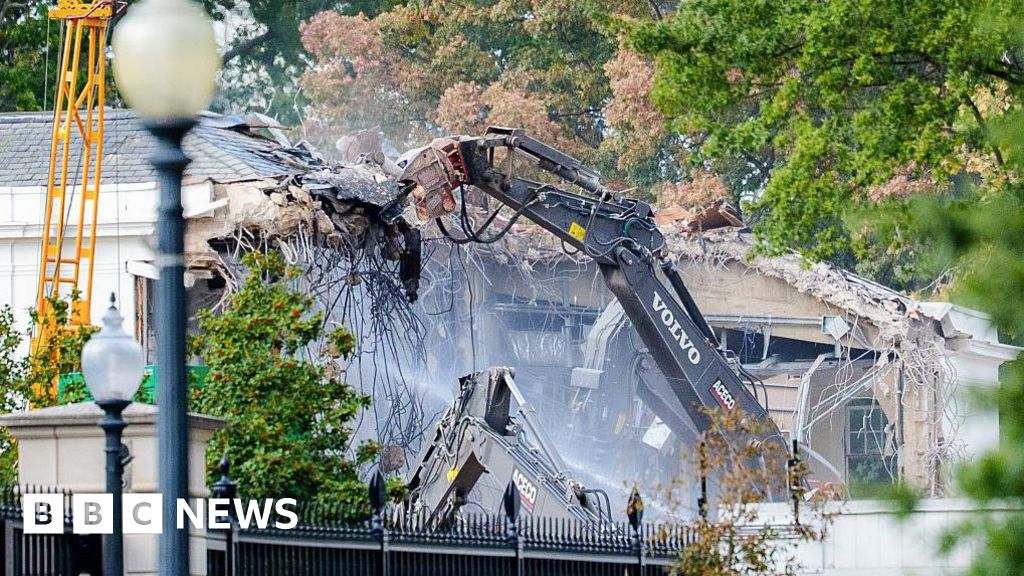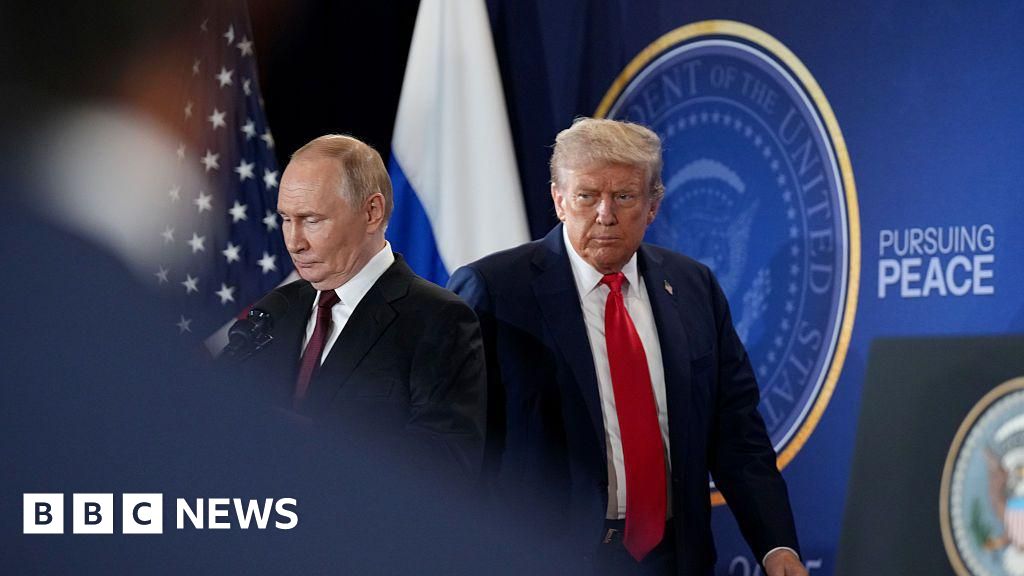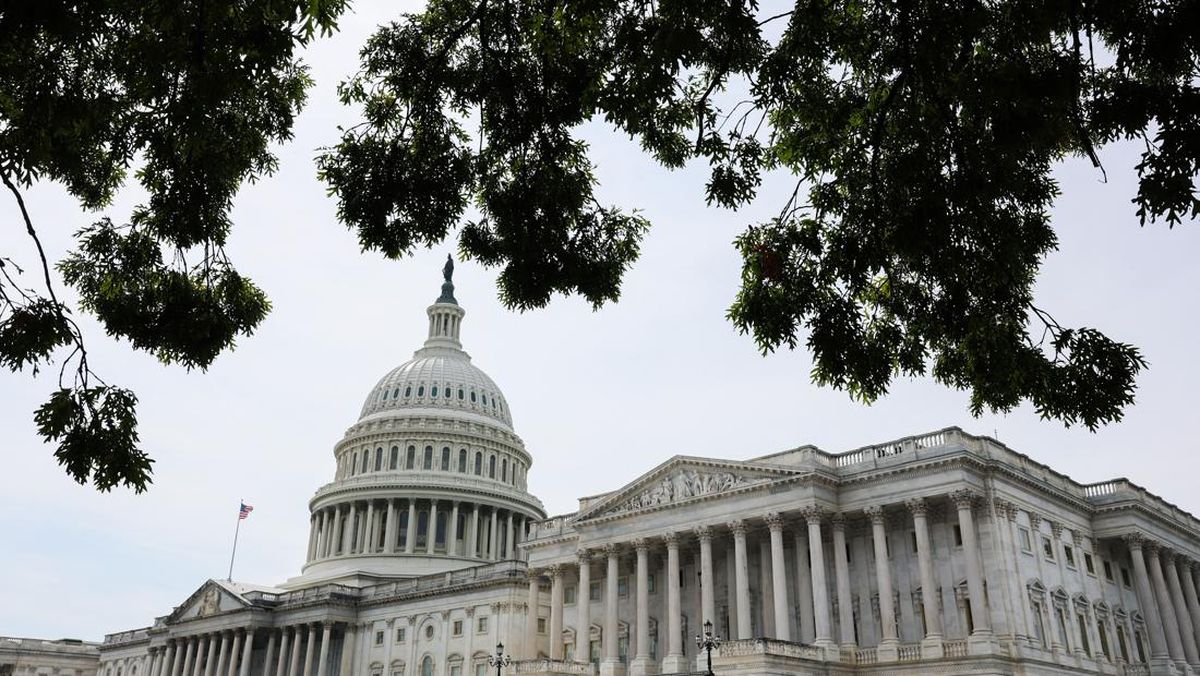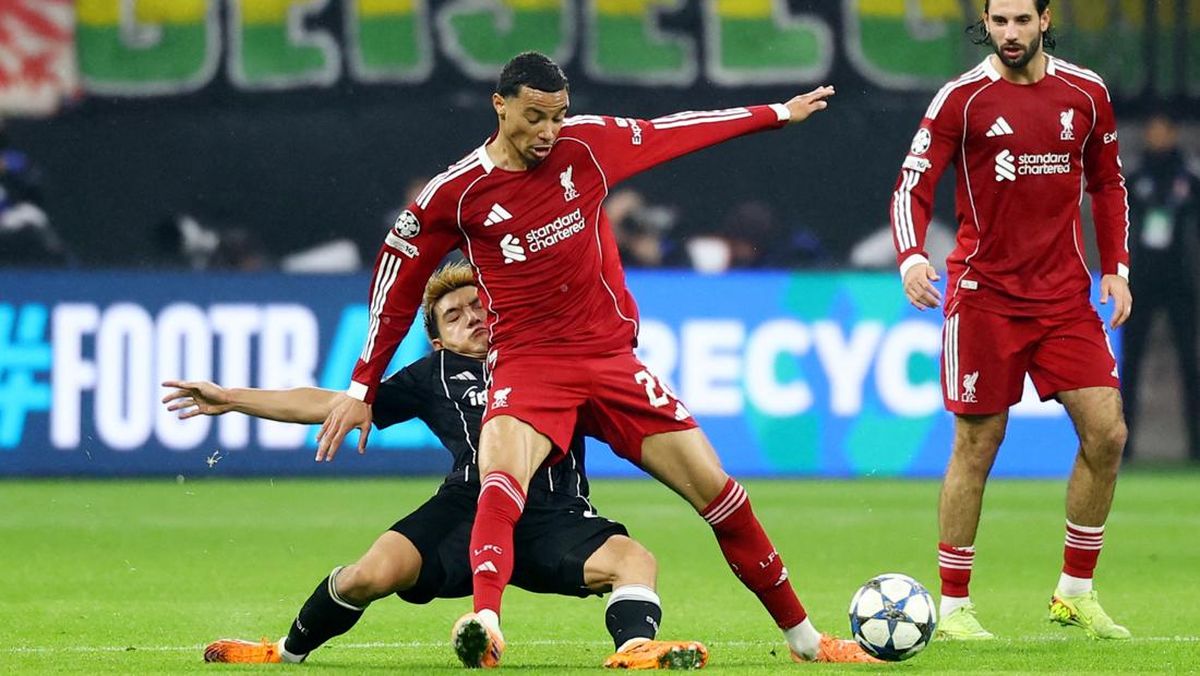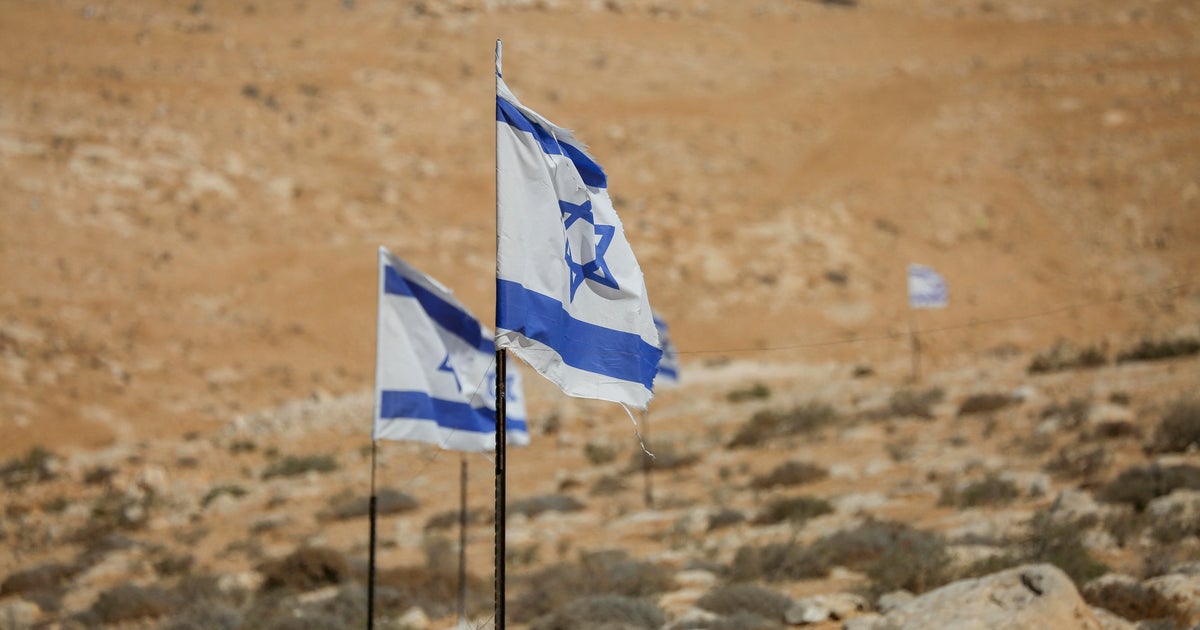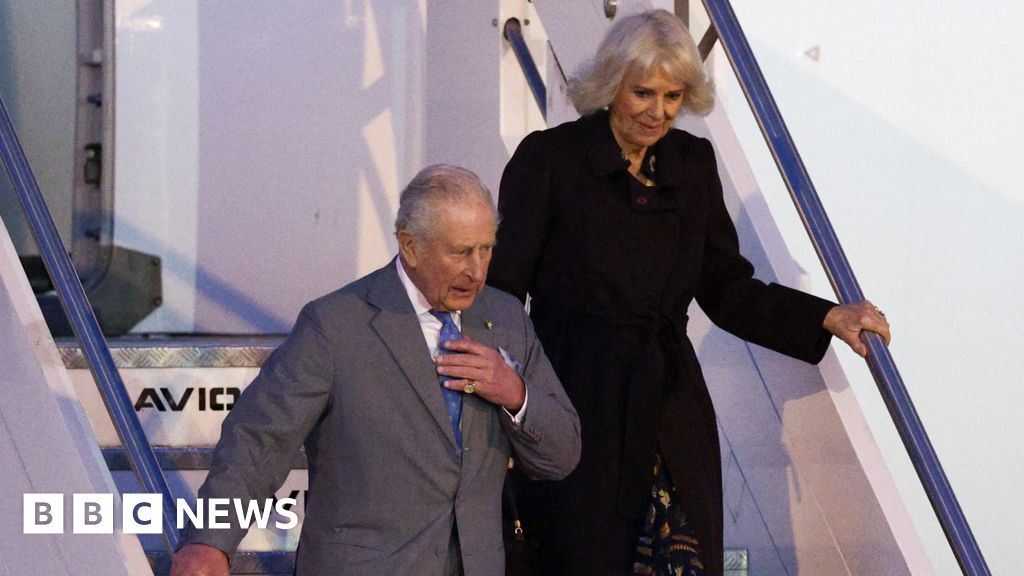October 23, 2025 — 5:00am
“Men doubt what they cannot see,” an archival story from The New York Times quotes the Kolkata-born founder of the Hare Krishna movement, Bhaktivedanta Swami Srila Prabhupada telling a group of his rapt followers in that masthead’s home city in the early 1970s.
He had come to New York from India in the hippie, trippy decade prior, founding the religion that would go on to spread worldwide, including to Australia, in 1966.
Sixty-odd years later, I am in Kalna, less than 80 kilometres north-east of the swami’s birthplace, and while I can’t see what’s alarmed our guide, there’s no doubting what’s heading our way.

It’s unmistakable: the melodic ting-ting-ting of brass manjira, the thrum of drums, the euphoric clapping and signature chanting of, “Hare Krishna Hare Krishna Krishna Krishna Hare Hare; Hare Rama Hare Rama Rama Rama Hare Hare.”
The rapture of Prabhupada’s followers is clearly still going strong.
A parade like this wouldn’t bother our guide normally – but she’s rushing us out of a fantastic Hindu temple to somewhere less exposed, because today is Holi, the Indian religious holiday upon which coloured powder is thrown over heads and smeared on faces with abandon.

The procession nears. I pause to take pictures of the delightful dancing devotees – and pay the price. I am drenched in pink and green gulal.
But in this devotional pocket of West Bengal, there is nothing else to do but immerse and enjoy.
The region on the Hooghly River, a tributary of the holy Ganges and commonly referred to as the Ganges by those who live on it, is home to the headquarters of the Hare Krishnas, formally known as the International Society for Krishna Consciousness (ISKCON).
And now it’s also home to the Temple of Vedic Planetarium (TOVP), which, with a footprint of 65,000 square metres, is claimed to be the biggest Vedic temple in the world. (By comparison, the St Peter’s Basilica in Rome has a footprint of 21,095 square metres and an interior of 15,160 square metres.)

Phase one of the massive project opened with great ceremony in early 2025. The rest is scheduled to be completed by the end of 2026.
I’m on APT’s 10-Day Kolkata and Lower Ganges Cruise, of which the cruise component is a round trip from the capital of West Bengal. We duck into villages along the mighty, murky, mystical river, observing traditional lifestyles, enduring cultures and artisan industry amid humble dwellings and small local places of worship.
Though more people greet you with “Hare Krishna” here than “namaste”, it’s something of a shock, when, after visiting Kalna via our river ship, the Ganges Voyager, and sailing 54 kilometres north to Mayapur, we have our first sightings of the temple.
It may still be under construction, but crowned by a 54-metre steel dome of shiny eggshell blue and gleamy gold details (not unlike St Peter’s), it rises above reeds, fields and the region’s characteristically low-rise like a giant UFO.
And up close, it doesn’t disappoint. Purely on the basis of the audacity of building such a grand and ambitious edifice in the middle of the West Bengal countryside, I can’t help but be impressed.

Adding to the intrigue, it’s part-funded by Alfred Ford, the great-great-grandson of Henry Ford, founder of the Ford Motor Company (and a notorious antisemite).
A resident of Gainesville, Florida, Alfred Ford was initiated into the Krishna society in 1975 and met Prabhupada in Detroit not long after. Prabhupada told him of his dream to build a large temple in Mayapur, the birthplace of Chaitanya Mahaprabhu, an incarnation of Krishna.
Prahbupada died two years later, aged 81, but Ford and his wife Sharmila didn’t let the dream go, providing seed money and fundraising for the temple, the cost of which is upwards of $US100 million ($150 million). Construction began in 2009 and now it is an almost-ready part of the 5.3-hectare Mayapur ashram, the spiritual and administrative heart of the Hare Krishna movement.

It’s called “Vedic Planetarium” because it will meld spirituality and science, home to exhibitions and conferences in addition to worship.
Estimated numbers of ISKCON devotees worldwide vary, but there are about 800 temples in India and 135 in Europe. There are numerous in Australia, including in Melbourne, Sydney and Brisbane.
Estimates on how many devotees visit Mayapur a year vary. But on the Holi weekend, when we visit, the place is teeming, with initiates as well as families who seem to treat the complex like a holy fairground – there’s food, flowers, shopping and a sense of fun – before entering the original temples (built across the late 20th and early 21st centuries) to worship their deities.
And then there’s our group, just here for the experience, sites, and devotional sounds. As the big new temple of Prabhupada’s dream nears completion, it is guaranteed to be a giant, blue and gold honeypot attracting the curious for many years to come.
The details
Tour and cruise
APT’s 10-Day Kolkata and Lower Ganges Cruise is from $7295 a person. See aptouring.com
Fly
Singapore Airlines flies daily to Kolkata via Singapore. See singaporeair.com
More
See incredibleindia.gov.in
The writer travelled as a guest of APT and with assistance from Singapore Airlines.
Sign up for the Traveller Deals newsletter
Get exclusive travel deals delivered straight to your inbox. Sign up now.
Julietta Jameson is a freelance travel writer who would rather be in Rome, but her hometown Melbourne is a happy compromise.Connect via email.



